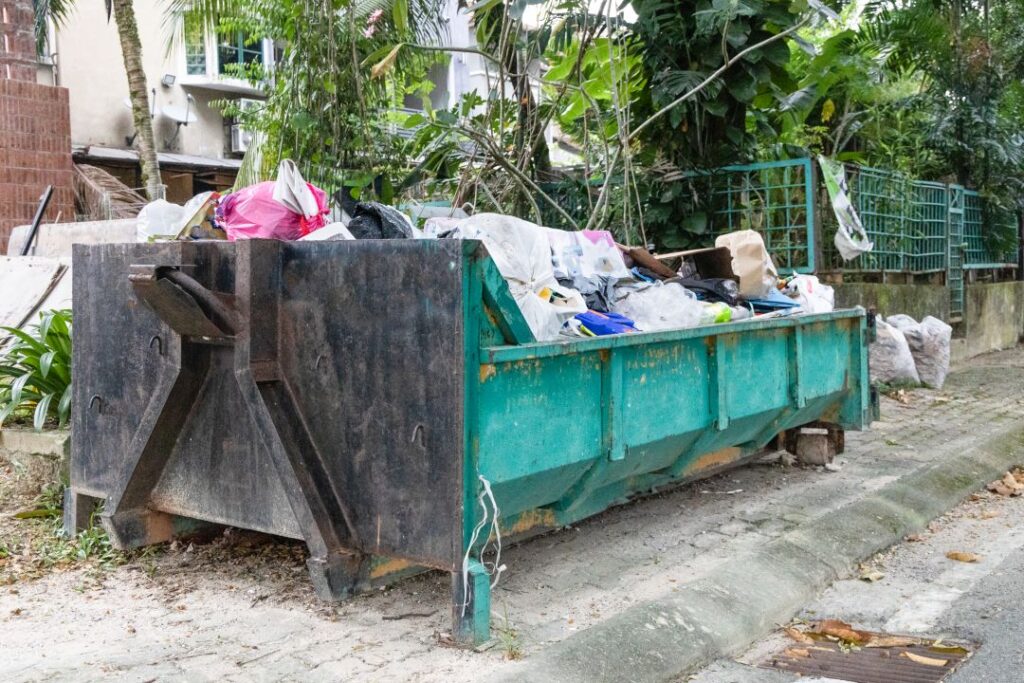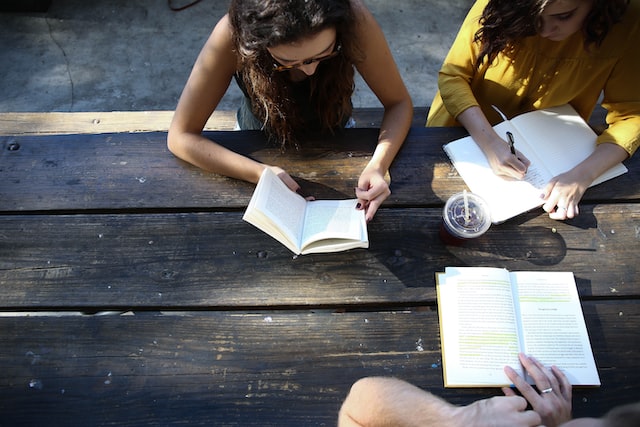
Introduction to special needs learning
Special needs learning refers to the education of students with disabilities, including those with physical, cognitive, emotional, or learning differences. These students may require additional support, accommodations, and modifications in order to access and succeed in the classroom.
Understanding the different types of special needs
Special needs can take many forms, and it’s important to understand the specific needs of each student in order to provide appropriate support. Some common types of special needs include:
- Physical disabilities, such as mobility impairments or blindness
- Cognitive disabilities, such as autism or intellectual disability
- Emotional and behavioral disorders, such as ADHD or anxiety
- Learning disabilities, such as dyslexia or dyscalculia
It’s important to note that special needs can also be temporary, such as in the case of a student recovering from a serious illness or injury.
Accommodations and modifications for special needs learners
Accommodations and modifications are adjustments that can be made to the classroom and curriculum to make it more accessible for special needs learners. Some examples of accommodations include:
- Providing extra time for tests and assignments
- Allowing for the use of assistive technology
- Providing notes or outlines of lectures
- Using visual aids or graphic organizers
- Allowing for frequent breaks
Modifications, on the other hand, involve changing the curriculum or instruction to better meet the needs of the student. Examples of modifications include:
- Simplifying the language or vocabulary used
- Using hands-on or experiential learning methods
- Breaking down tasks into smaller steps
- Allowing for choice in assignments or activities
Assistive technology for special needs learning
Assistive technology refers to any device or software that can help a special needs learner access and succeed in the classroom. Some examples of assistive technology include:
- Text-to-speech software for students with reading difficulties
- Screen readers for students who are blind or visually impaired
- Speech-to-text software for students with writing difficulties
- Graphic organizers or mind mapping software for students with organizational difficulties
- Specialized keyboards or mouse alternatives for students with physical disabilities
Strategies for inclusive education
Inclusive education refers to creating an environment where all students, including those with special needs, feel welcomed and valued. Some strategies for inclusive education include:
- Providing training and resources for teachers and staff to better understand and support special needs learners
- Encouraging positive and supportive relationships between students with special needs and their peers
- Inviting guest speakers or experts in special needs education to speak to the class
- Creating a classroom culture that values and celebrates diversity and differences
- Providing opportunities for students with special needs to take leadership roles and be active members of the school community
Resources for special needs learning support
There are many resources available for special needs learning support, both for teachers and for families. Some examples include:
- Special education programs and services offered through the school district
- Online resources and forums for special needs education
- Support groups for families of special needs learners
- Community organizations and agencies that provide support and resources for special needs learners
- Government programs, such as the Individuals with Disabilities Education Act (IDEA)
Conclusion and next steps for supporting special needs learners
Supporting special needs learners is an ongoing process that requires collaboration between teachers, families, and other support staff. By understanding the different types of special needs, providing accommodations and modifications, utilizing assistive technology, and fostering an inclusive classroom culture, we can create a more equitable and accessible learning environment for all students. To continue to support special needs learners, educators and families can stay informed about the latest research and resources in special needs education, collaborate with other educators and support staff, and advocate for policies and programs that support special needs learners. Additionally, it’s important to remember that every student with special needs is unique and may have different needs, so it is important to be open and flexible in approach to support them. By working together and being willing to adapt, we can provide the best possible education for all students, including those with special needs.


